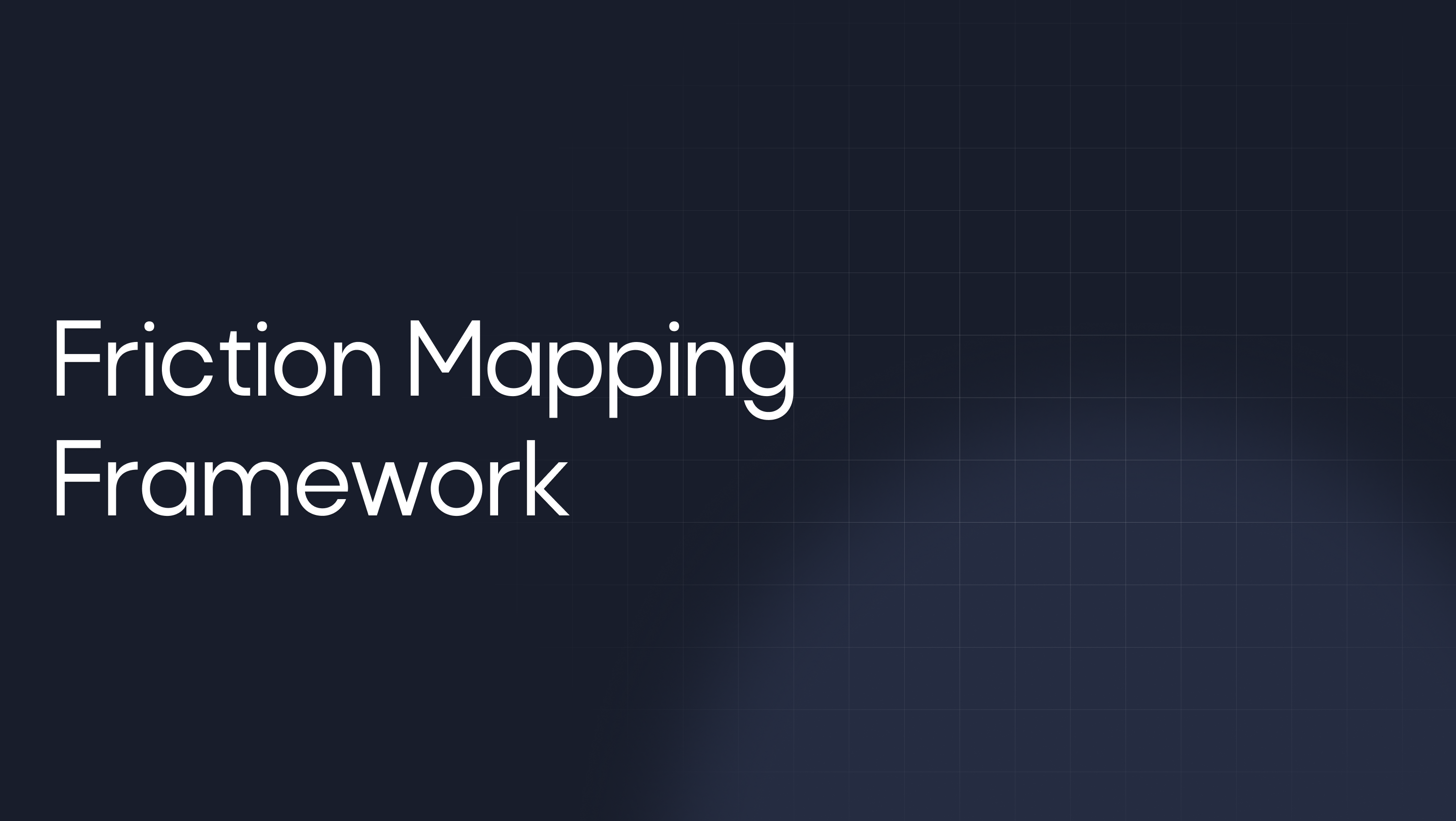Micro-Segmentation Madness: Why 47 User Segments Are Killing Your SaaS Lifecycle Marketing
Most SaaS teams create too many user segments and wonder why their lifecycle campaigns underperform. Here's how to find the segments
Pinpoint hidden friction points in your onboarding, cut time‑to‑value, and lift trial‑to‑paid conversion with this data‑driven framework.

Forty percent of new SaaS users disappear within twenty‑four hours of signing up. They are not leaving because the product lacks advanced functionality; they leave because the first steps feel slow, confusing, or risky. Every extra field, permission prompt, or unexplained error adds seconds of uncertainty that compound into churn.
Our work on Most PLG Onboarding Fails. A Lifecycle Lens Can Fix It explains why generic welcome drips cannot solve this. The real fix begins with measuring and eliminating friction.
Before you can shorten onboarding you need a complete event stream:
Once events land, calculate the average time between each step for the last thirty days. A simple SQL query (shown below) surfaces the longest delays.
If minutes stretch into hours, you have your first friction target.
Data points tell you where users slow down, not why. Watch five session replays around each slow step, then interview two recent sign‑ups who stalled. Look for repeated blockers such as:
Document every blocker in a shared list and score each one by Impact, Confidence, and Effort (ICE) so the team can focus on fixes that matter.
Below are five changes that usually cut time‑to‑value in under two weeks. Select the ones that address your highest‑scoring blockers.
For additional micro‑TTV tactics, see Minutes to Value Metrics: Why Speed Wins Trials.
Track three metrics for the two weeks before and after your fixes ship:
One LifecycleX client replaced a blank dashboard with seeded sample projects and reduced average time‑to‑value from twenty‑two minutes to nine. Conversion lifted eighteen percentage points. Sharing that chart in a weekly stand‑up secured engineering bandwidth for the next round of improvements.
When friction mapping becomes routine, onboarding speed ceases to be a heroic project and turns into a habit—one that compounds into higher activation, lower churn, and stronger net revenue retention.
LifecycleX offers a complimentary Friction Audit that surfaces your three largest onboarding leaks in less than a week. Contact us to book your session.